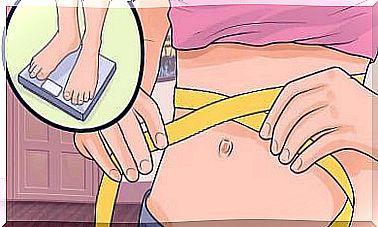Tips To Create A Sustainable Household
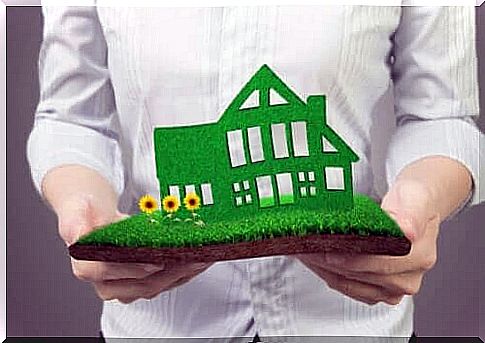
Having a sustainable household is not only good for the planet and creating a better future. It can also be more cost-effective and give your home a better atmosphere.
Some of the changes you can make to create a sustainable household are actually very easy, fast, and inexpensive. Other changes may take longer and may require a higher investment. However, they will always be worth it in the long run.
The creation of waste and rubbish is not only an ecological problem, but it also represents more household expenditure as it involves replacing what you use. Therefore, you should always keep in mind the basic principle of reduce, reuse and recycle to create a sustainable household.
Basic rules for a sustainable household
With a few simple rules you can take the first steps to make your household more sustainable.
1. Don’t buy things you don’t need for a sustainable household

Often, almost without realizing it, we buy things we don’t even need. It could be food, utensils or decorations that we forget and end up in the trash.
So only buy what you are sure you will use in the short term. That way you avoid collecting objects, creating waste and you can spend your money better.
2. Store leftover food in glass containers
Glass containers last longer than plastic containers, which wear out and discolor faster and more easily. They can then no longer be recycled. Storing things in aluminum foil or plastic bags also creates more waste. You can use plastic containers for non-food products so that they last longer.
3. Buy products in bulk for a sustainable household
Instead of buying the products you use most in small packages, you can buy them in bulk to avoid consuming a lot of small packages. If you have any left over, you can store it in glass containers in the cupboard or fridge.
4. Use fabric bags in stores
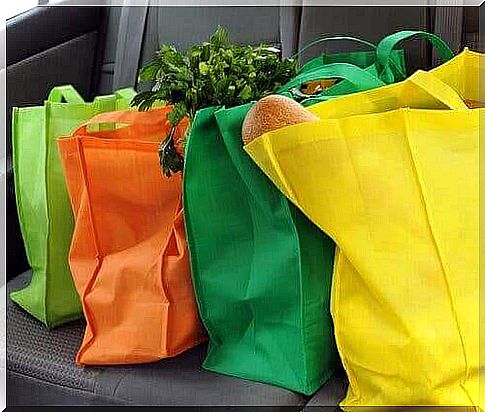
Bring your own cloth bag when you go shopping. That way you reduce the use of plastic or paper bags that end up in landfills, or worse, in fields or oceans.
The United States Environmental Protection Agency (EPA) estimates that one trillion plastic bags are used worldwide every year. This corresponds to 100 million oil barrels. 80% of these bags end up in landfills and 20% (200 billion) end up in oceans, rivers and forests.
5. Buy Local
Local production is more environmentally friendly for both agricultural and packaged products. The transportation of imported products or products from other regions is a major source of pollution. Buying local products also stimulates the local economy.
If you have space, you can even grow your own staple crops in your yard, or you can plant some small herb plants that you use most often, such as parsley, basil, or cilantro.
6. Buy Organic Products
Organic products are grown in a more environmentally friendly and conscious way, without pesticides or chemical fertilizers that pollute the environment.
7. Consciously dispose of waste for a sustainable household
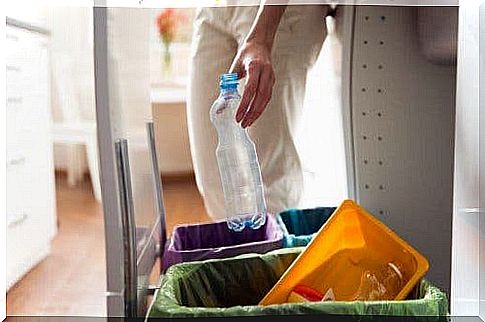
Always think about recycling. Sort the waste by type and dispose of it in the appropriate containers. Find your local recycling guidelines and follow the instructions. Also consider making your own compost from the organic waste so that you can use it as fertilizer.
8. Save energy
Make sure you don’t leave lights on in rooms when no one is around. Do not leave electronic devices on when you are not using them.
Also, do not leave phone chargers plugged in. The chargers’ transformers continue to consume electricity even when the phone is not plugged in. It can also be dangerous as they can overheat.
Structural renovations for a sustainable household
There are other adjustments you can make to have a sustainable home that may require more planning. But once you make them, they will make a big difference.
Replace devices
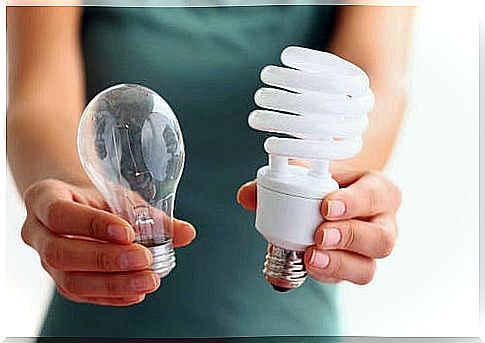
The vast majority of new appliances are made from materials that consume less energy, making them more environmentally friendly. Although they require a higher initial investment, they also mean savings in electricity costs.
You can start with something simple, such as replacing traditional bulbs with LED and energy-saving bulbs, which last longer and use less energy.
According to the US Department of Energy, CFLs save 25% energy and last 3 times longer than incandescent bulbs, while LED bulbs save 80% energy and last 25 times longer.
Install Electricity Regulators
On electrical appliances that are difficult to turn off, such as air conditioners or water heaters, you can install electrical controls that turn them on and off automatically at certain times. That way you turn off the boiler when you sleep or work, or the air conditioning when you’re not at home.
Create a sustainable home with double glazing
Double glazing insulates the house and helps maintain the internal temperature of your home. If it is very expensive, you can use thermal interior curtains, which also insulate against extreme outdoor temperatures. This reduces your energy consumption for heating and air conditioning.
Install solar panels
Install solar panels if possible. You can install them for the use of certain things, such as heating the water or a specific area of the house. In this way you reduce your energy consumption from fossil fuels in exchange for clean energy. This is shown as a savings on your electricity bill.
Finally, remember that all of these strategies are aimed at improving the environment and the health of the planet. While some of them require an initial investment, your bills, health, and expenses will also benefit.









